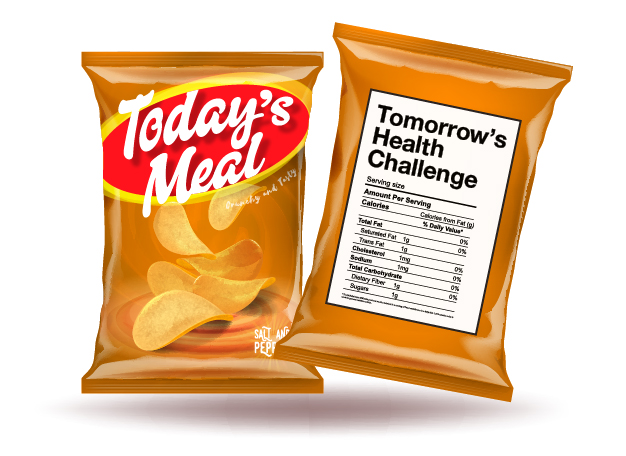Ending the Endemic

Food deserts emerge in communities, but some solutions begin on the farm. By driving innovations in plant breeding and advanced phenotyping, Bayer is helping produce stay fresher, longer so it can reach more people. This of course is enhanced by Bayer’s Food Chain Partnership, which streamlines the supply chain from farms to grocery stores in ways that ensure fresh foods arrive safely and on-time.


Food ties us all together, but many Americans are relatively removed from the everyday realities of agriculture. In fact, only around 1.4% of employed Americans work on a farm. But vertical farming is changing that by enabling people to grow more produce on less land—especially in dense urban areas. In addition to providing the opportunity to cultivate fresh produce close to home, vertical farms also offer the potential to create jobs and economic growth to fight food deserts from multiple angles.

Ensuring access to fresh produce is one thing. But to break the cycle behind food deserts, we also need to empower people to properly nourish themselves. When fresh produce isn’t an option, supplements can help. That’s the driving force behind our Nutrient Gap Initiative, which works to provide people in underserved communities with greater access to essential vitamins and minerals. While this work is already making a bigger difference every day, we’re striving to support 50 million people per year by 2030.

Even beyond the bounds of food deserts, the majority of Americans don’t consume enough fruits, vegetables, dairy, whole grains and healthy oils. To help address this, we’re leveraging recent innovations in plant breeding to grow new varieties of better-tasting fruits and vegetables that encourage healthier snacking. After all, when people reach for fresh produce over processed foods, they instantly upgrade their nutrition. It’s not just possible: it’s already successful. In fact, we’ve even grown a new broccoli variant students actually want to eat!

Our philanthropic arm, Bayer Fund, is an ongoing supporter of Feeding America, a nationwide grassroots initiative that sources and donates meals to hungry Americans in rural areas, where 90% of food insecure counties are found. Bayer Fund is also proud to partner with Operation Food Search to support their Fresh Rx: Nourishing Healthy Starts program. Most recently, this took shape as a $212,500 grant to help provide fresh, local foods and household items to pregnant individuals and their families who are experiencing food insecurity.




























